What, When, Where: Magic Revealed
January 23, 2012
By Debbie Hagan
Renzo Piano, famed museum architect, set a lofty goal for himself several years ago, when he launched the Isabella Stewart Gardner Museum expansion and preservation project.  He declared, “We must make magic.†When Piano unveiled his first sketches, I was among several in the art and design community who reacted with concern. So modern…and so much glass…. Wouldn’t this detract from Mrs. Jack’s grand folly?
Now the new wing is open, and I’m happy to report, I do see magic. Piano’s sleek, contemporary and very functional 80,000-square-foot addition provides space for the museum’s much-needed services (offices, restrooms, classrooms, performance hall and contemporary exhibition space), yet  gives the Venetian grande dame her due. “The palace is there–the object of desire,†says Piano. “Homage is always present.â€
So true. The huge walls of glass provide a frame through which to see the Palace, constantly reminding visitors that Gardner ‘s creation is a work of art. Big couches and comfy chairs in the Living Room create a place not only to gather and commune, but to sit, reflect, and soak up the view of the Monks Garden, which will be redone this spring. Charles Waldheim, consulting curator of landscape, will be soliciting commissions in February with the winning proposal announced in April.
The museum, built in 1903, receives 200,000 visitors each year–heavy traffic for any old building–but this one lacked a lobby. Its performance area had been force-fitted into the historic Tapestry Room, and the restrooms were way overworked.
With the opening of the new wing, all that has changed. Even the building’s exterior, seen here at night, doubles as place to exhibit contemporary art, in this case  Ailanthus, by Stefano Arienti.
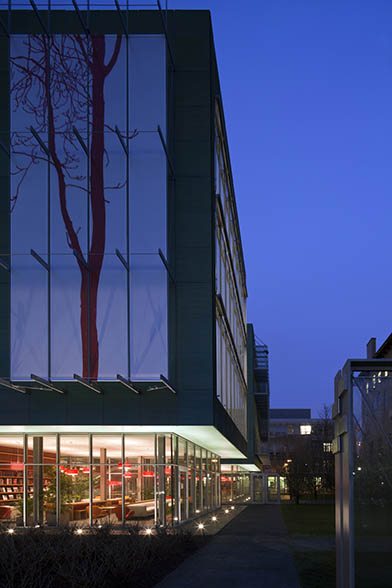
Photos by Nic Lehoux, courtesy of Renzo Piano Building WorkshopÂ
The new light-infused, plant-adorned entrance creates the sensation of entering a conservatory–an  illusion of the outside. Mrs. Jack would love this as well as the gorgeous greenhouse seen past the front desk. I’m thinking the many orchids now in the Palace’s courtyard came from here.
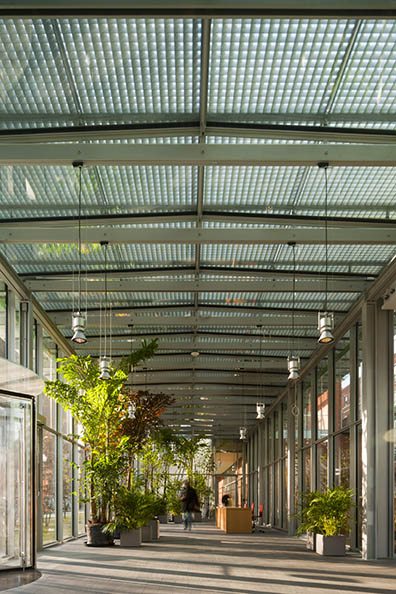
To the right of the lobby is the Living Room, which Piano describes as a orientation space for visitors. Here the historic Palace can be seen through the windows in the rear.
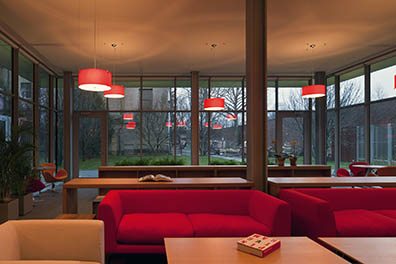
No doubt the Living Room will be used as a gathering spot. But clearly Piano intended it to be a place of contemplation and respite. In a museum packed so full of great paintings and celebrated artists, one can easily become overstimulated. So here’s a place to retreat and reflect.
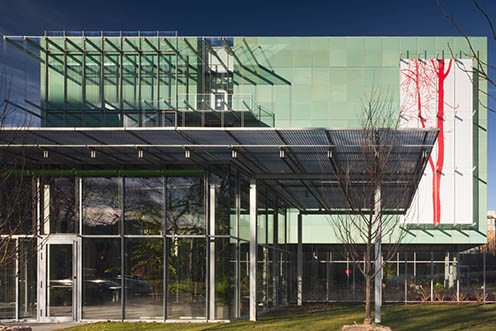
The grand central staircase is the chief orientation point in the new wing. At it’s base is a glass connector that leads from the new wing into the Palace. Vertical windows provide lofty overviews.
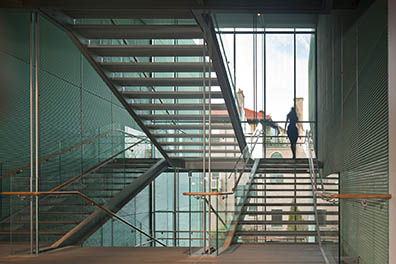
Looking from the Palace side of the addition, through the stairs, floating shelves are lined with books related to art, design, Venice, and anything that seems Gardneresque. Visitors can pick out whatever they like and take the books into the Cafe or Living Room.
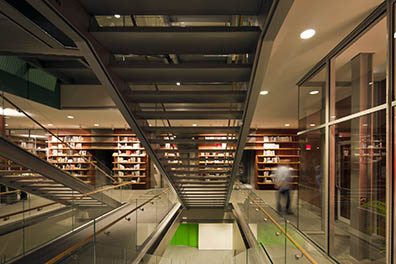
Pieranna Cavalchini, curator of contemporary art, finally has a space where she can show monumental works. This 36-foot cube, with it’s wall of glass windows, is bathed in sunlight and almost appears to float in space. State-of-the-art lighting and controls on the sunroof permit the curator to adjust natural light overhead as well as raise and lower the spotlights.
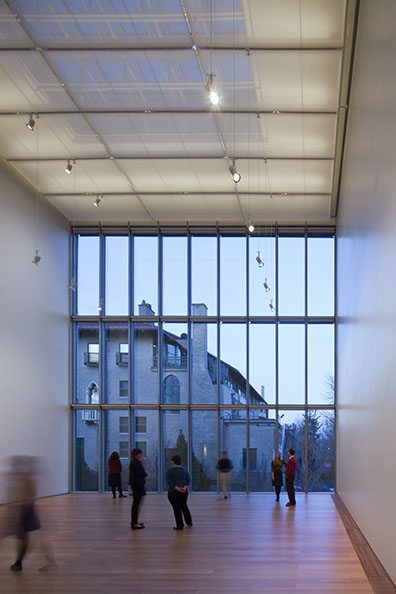
The acoustical masterpiece is the Calderwood Hall, which replaces the makeshift performance area that took over Gardner’s Tapestry Room eighty-five years ago. Thankfully the room has been restored. Calderwood Hall is a 40-foot cube that seats 600 guests on four floors that go straight up from the performing area (no stage). Piano conceived it as an urban row house.
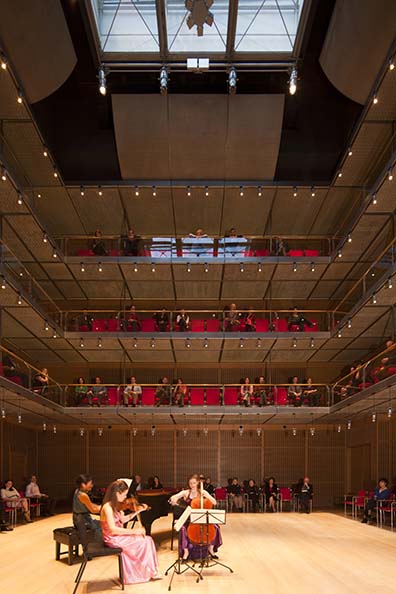
About this, Piano said he wanted “to keep people as close to the musicians as possible, because music is an emotional and physical experience.†If one is watching a cello performance, Piano wants that observer to physically feel the cello. Piano designed this space with acoustician Yasushisa Toyota of Nagata Acoustics.
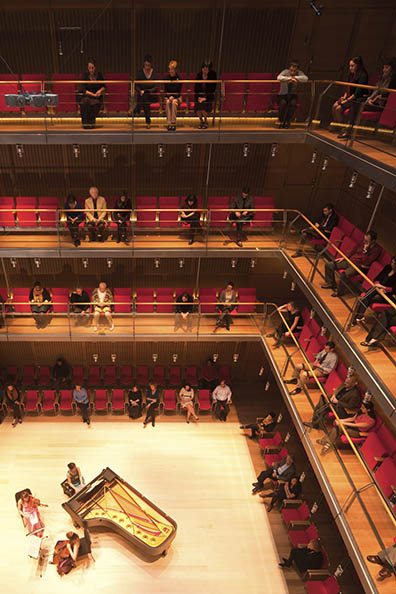
Would Mrs. Gardner approve of what Piano has done? We’ll never know, unless someone summons her through a psychic. Still Anne Hawley, museum director, wondered  what Piano might do if he  bumped into her in paradise. To this he smiled. “Why, of course, I would tango with her.â€
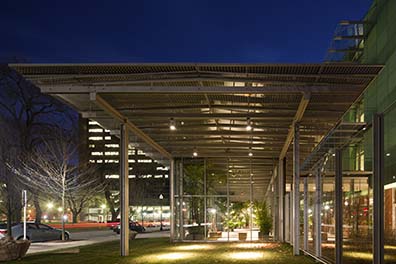
Share
![NEH-Logo_Black[1] NEH-Logo_Black[1]](https://b2915716.smushcdn.com/2915716/wp-content/uploads/2022/08/NEH-Logo_Black1-300x162.jpg?lossy=1&strip=1&webp=1)
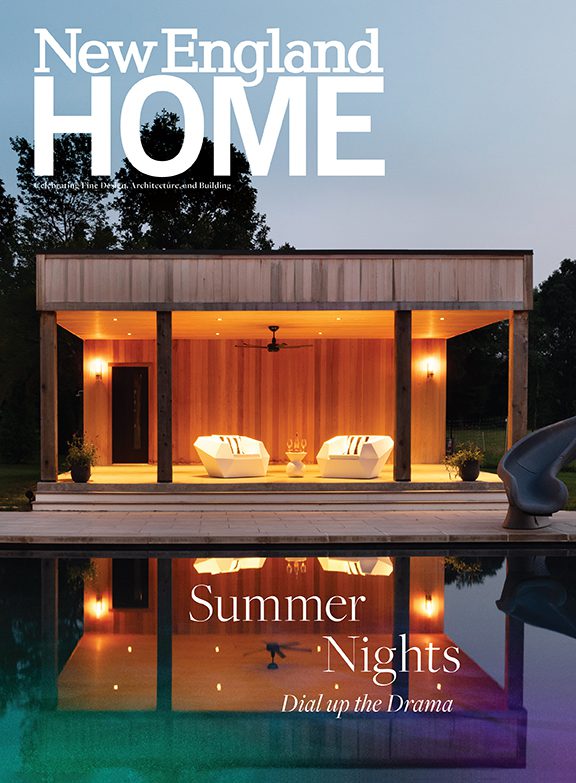
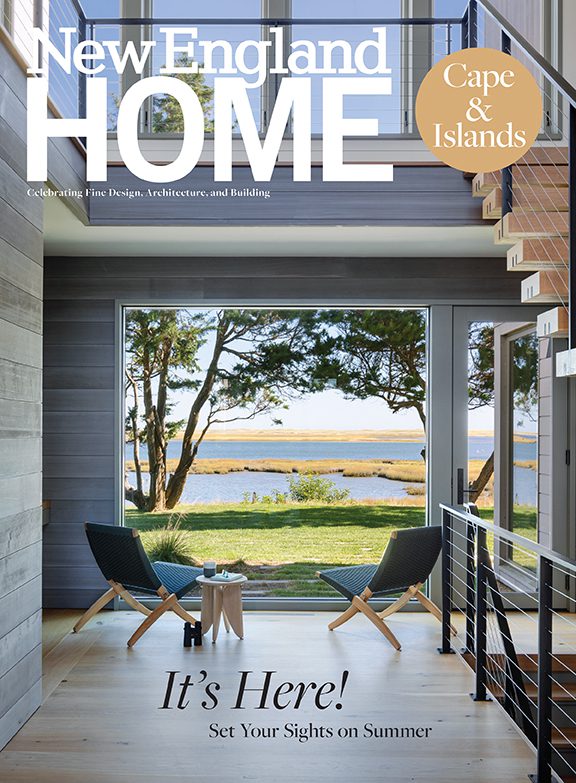
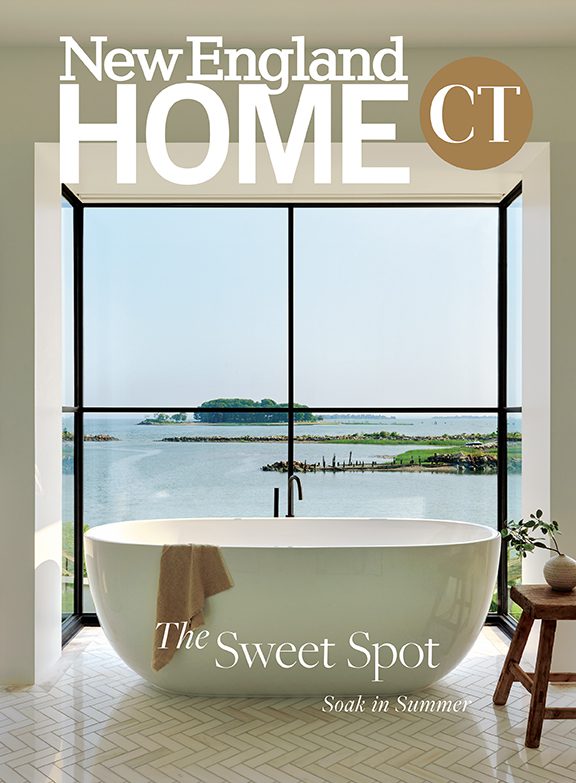






You must be logged in to post a comment.